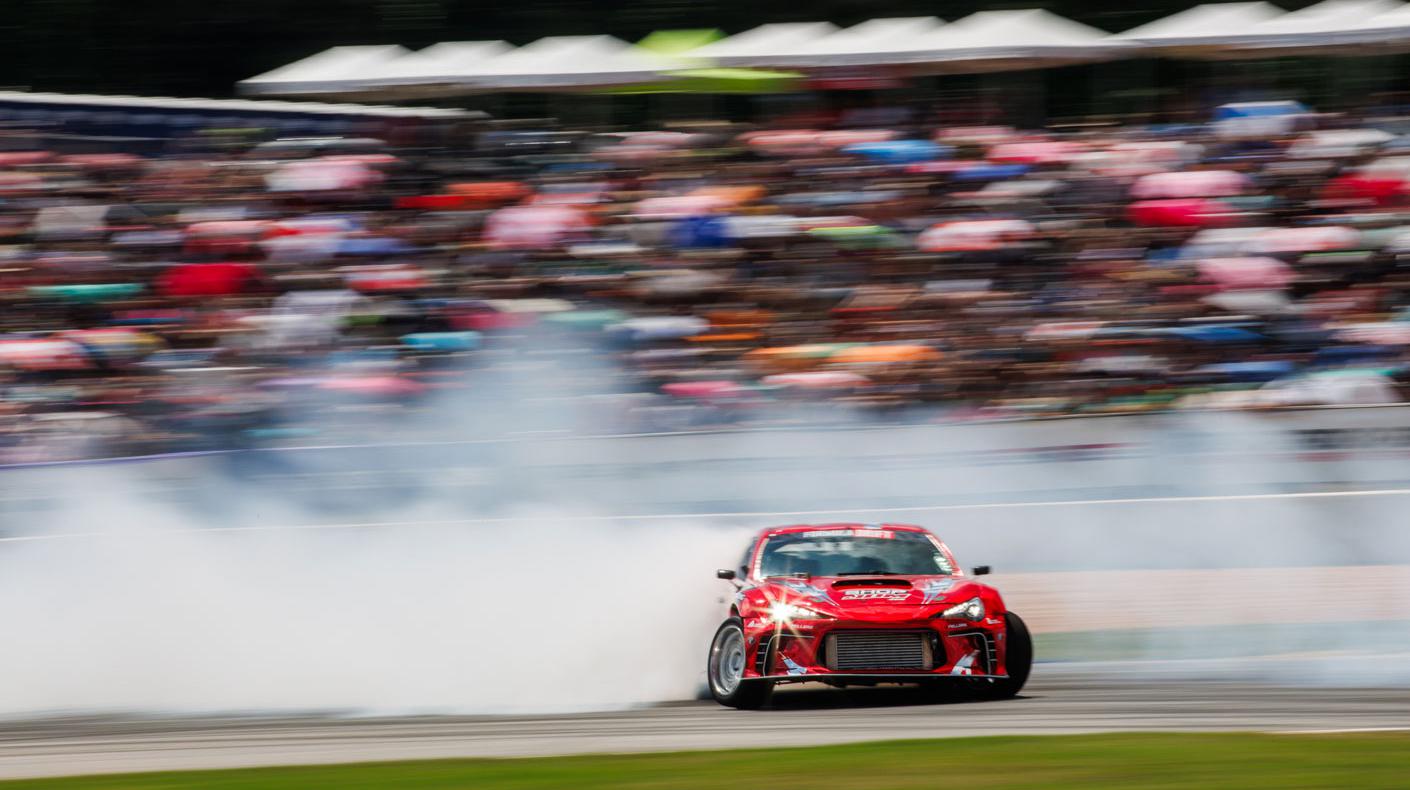SEMA News—August 2014
HERITAGE
By Drew Hardin
Photo Courtesy Petersen Archives
Torrid Two-Wheelers
 Given the serious looks on their faces, you’d think these men, clad in leather jackets, helmets, and boots, were vying for the national flat-track motorcycle championship. But, no, they were racing in the second-annual Mini-Bike Jamboree, which took place in the spring of 1961 at the Go Kart Raceway in Azusa, California. The minibike craze was big enough in the early ’60s that Car Craft magazine set aside four pages of its August 1961 issue to cover the Jamboree and its flat-track race, road race and scramble, “which took in much of the unimproved terrain surrounding the Azusa track.”
Given the serious looks on their faces, you’d think these men, clad in leather jackets, helmets, and boots, were vying for the national flat-track motorcycle championship. But, no, they were racing in the second-annual Mini-Bike Jamboree, which took place in the spring of 1961 at the Go Kart Raceway in Azusa, California. The minibike craze was big enough in the early ’60s that Car Craft magazine set aside four pages of its August 1961 issue to cover the Jamboree and its flat-track race, road race and scramble, “which took in much of the unimproved terrain surrounding the Azusa track.”
Azusa was home to Go Kart Manufacturing, one of the pioneering go-kart fabricators in the mid-’50s, and the race track was located at its facility. Minibikes were a natural offshoot of go-karts. Go Kart Manufacturing built its first minibikes, called Go Kart Cycles, in 1958. Not long after, brothers Ray, Larry and Regis Michrina hand-built their first minibike, a prototype that would lead them to form Michrina Enterprises and build the now iconic Lil Indian minibikes.
Petersen magazines had jumped on the go-kart bandwagon in a big way, so it was no surprise that they—and other enthusiast magazines at the time—would pump up the kart’s two-wheeled cousins. Go-karts and minibikes were fun, cheap to buy and taught thousands of young mechanics (and the not-so-young, from the looks of Pat Brollier’s photos in Car Craft) wrenching and racing skills that would come in handy as they graduated from the miniature versions to fullsize cars and motorcycles.
These days, minibikes are as hot—if not hotter—than ever. The original Lil Indians, Tacos, Rupps and other “name” minibikes have a big collector following, with bikes and their parts bought, traded and sold online and at swap meets and shows. Frames, engines and minibike kits are still available for do-it-yourselfers, who can assemble new minibikes for just a few hundred dollars.
Closely related to the original minibikes are the mini motorcycles and mini trail bikes that were imported by the Japanese motorcycle manufacturers in the ’60s. Popular models such as the Honda Z50 and Trail 70 are also in demand among collectors.
If you haven’t already been bitten by the minibike bug, a visit to a minibike show will seal the deal. There are a number of them scattered across the United States. The Old School Minibike Show takes place on the last Sunday in April in Saline, Michigan (near Ann Arbor). On Father’s Day weekend, the big Minibike Reunion celebrated its 15th year in the central Pennsylvania town of Windber. And in Southern California, Joe Sebergandio will hold the third Joe’s Minibike Reunion on September 20 in La Crescenta, not all that far from where these guys duked it out on that Azusa flat track more than 50 years ago.






